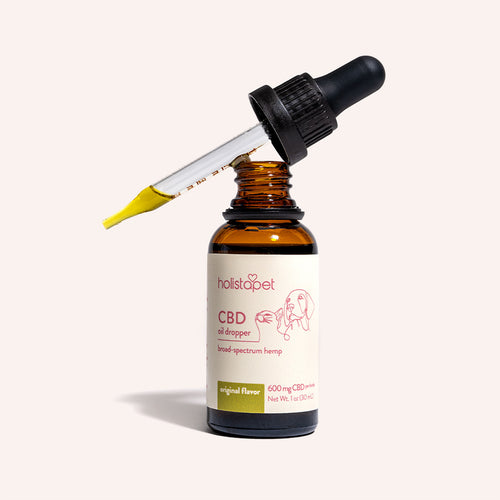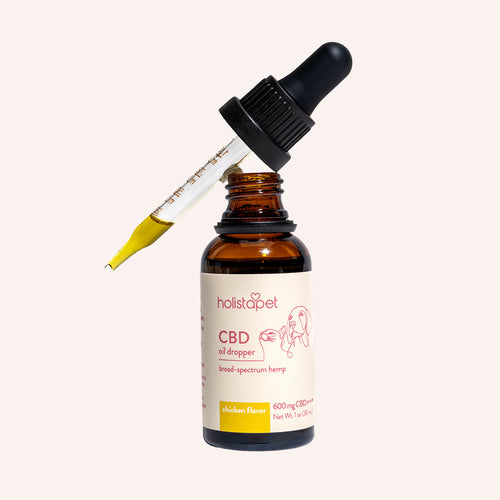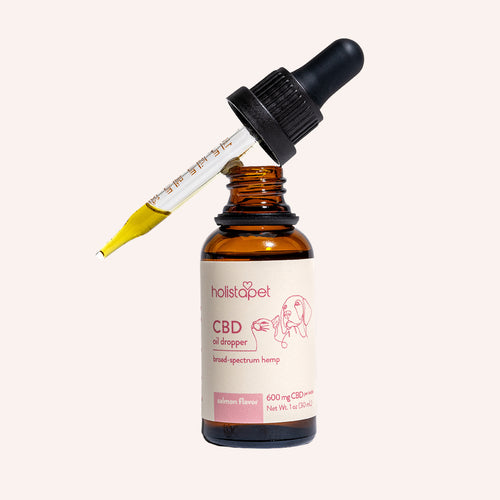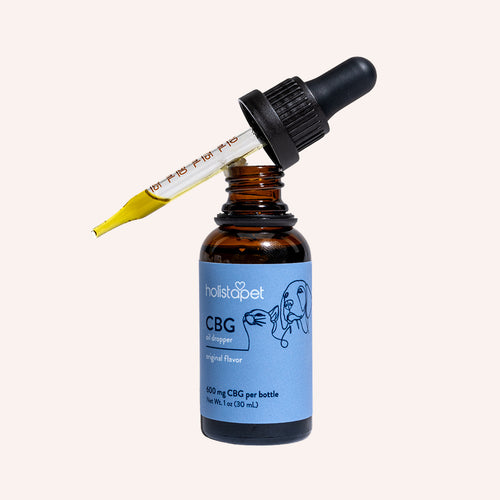We want what's best for our tail-wagging companions. This includes taking care of their health and well-being throughout their lives. As a result, it's best to understand what possible health and dietary supplements there are available for optimizing their health. This is where chamomile shines, as it has a wide variety of health benefits for dogs.
What Is Chamomile?
Chamomile is an ancient flowering plant with its uses dating back to Egyptian times. The American English language refers to it as “Chamomile”. However, according to British English, it is “Camomile”. Both names derive from the Greek word “Khamaimelon” which translates to “earth apple” because of its mild apple-like scent. Back then, they would use chamomile to help cure fevers. Fast forward to today, many people are using chamomile for the calming effects it offers them or their pet.
Matricaria Chamomilla (German chamomile)
Also known as Hungarian, wild, or genuine chamomile, German chamomile is a popular variety of the chamomile plant recognized for its medicinal properties. This annual plant can grow up to 2 feet tall and is distinguished by its daisy-like appearance, with white petals encircling a prominent yellow center.
German chamomile is widely used in herbal remedies and is particularly valued for its high concentration of essential oils, such as chamazulene, which contribute to its anti-inflammatory, antispasmodic, and antimicrobial properties.
Chamaemelum Nobile (Roman chamomile)
This variety is most commonly referred to as "Roman" chamomile. However, English, Scotch, garden, lawn, sweet, true, or common chamomile are other less common names some people use. This is a perennial plant (meaning it lives for more than 2 years). It can grow up to about 1 foot tall and it has thicker leaves than German chamomile.
The essential oil extract from Roman chamomile is a pale yellow to clear in color. This oil contains esters of angelic and tiglic acids. These acids reportedly give this variety its calming and pressure-releasing effects, as well as its distinct odor.
Physical conditions
Because of its the plant's properties, cooled chamomile tea may provide relief for skin soreness. A small study in 1987 showed improved the look of skin and reduced soreness when concentrated chamomile tea was applied onto the skin. Dog chamomile tea also has limited antimicrobial properties.
While it may not be potent enough for many dogs, if your dog has tender or itchy skin, or if your dog has a bacterial skin problem, chamomile can be used as a soothing and antimicrobial skin rinse. Additionally, you can combine chamomile with peppermint or calendula tea as well as aloe vera juice, then the soothing herb will be enhanced.

Calming Effects
Chamomile supplements have calming properties. This is why so many people drink chamomile tea to help them go to sleep or to relieve mild anxiety. This hasn't been thoroughly investigated in dogs, but they may benefit from the same calming effects as people. In fact, you will find chamomile in certain calming dog treats due to the relaxing effects it offers.
Issues from parasites
Parasitic worms are a common problem with dogs. Limited research and extensive evidence suggest that chamomile may have some limited efficacy against some of the major worm infestations. However, it's important to stress that chamomile has not been proven to be as effective as prescription veterinary products.
Because parasitic conditions can be life-threatening in some cases, it is very important to discuss anti-parasite options with your veterinarian before relying only on chamomile. As you can see, chamomile can be a wonderful and effective addition to your dog's nutrition supplement regimen. Just be sure to apply it safely.
Is Chamomile Safe For Dogs?
While chamomile is commonly used by pet parents as an at-home remedy, most of the evidence for its efficacy comes from traditional herbal experience in humans, studies on laboratory animals, and individual veterinarians' experiences. This means that there have been no large-scale, controlled trials in either humans or pets, including dogs.
So, can dogs have chamomile tea? In general, chamomile is safe for dogs unless they ingest a large quantity or use it for a long period of time. However, it is always important to discuss with your veterinarian before giving chamomile to your dog to avoid allergic reactions, especially when dealing with pregnant or lactating dogs.
How To Give Chamomile To Dogs
There are a number of ways to give dog chamomile to dogs. For inflammatory bowel disease, you can apply it topically or give it by mouth via chamomile tea for dogs. For dry eye, there are many diverse ways that you apply directly into the eye. If you buy supplements, it's important to do some research on the manufacturer. This is because the FDA does not regulate supplements and some supplements may not contain what the ingredients label says.
But why go through all that trouble? An easier option is to give them dog treats that contain chamomile along with other beneficial additives. You'll be supercharging their nutrition and supplement regimen with a single product. Furthermore, you can easily use the treats to train your dog or reward them for good behavior. These treats contain:
- L-Theanine: This has a calming effect.
- Chamomile: As discussed above, chamomile has a wide variety of benefits, including its usefulness in calming stress, fear, or restlessness.
- Hemp Seed Powder: This calms your mood and is rich in highly nutritious protein. It also contains amounts of magnesium, phosphorus, iron, calcium, potassium, and zinc along with vitamins A, B, C, and E.
- Cannabidiol (CBD Oil): This groundbreaking hemp extract has a wide variety of benefits for dogs. Basically, it may encourage overall health and wellness by promoting balance. It may help to keep the body in a state known as homeostasis.
Our CBD dog treats are 100% vegan, organic, non-GMO, non-psychoactive, gluten, and dairy-free! Reward your fluffy companion today with these nutritious and healthy products – they'll thank you for it! Additional info can be found here.

Final Thoughts
Chamomile is a versatile and beneficial supplement for dogs, offering soothing relief for skin irritations, potential calming effects, and support for overall wellness. While its safety and efficacy are well-regarded in traditional use, it’s essential to consult with your veterinarian before introducing it to your dog’s regimen, ensuring proper dosage and usage.


 CBD Oil for Dogs - Fast Acting
CBD Oil for Dogs - Fast Acting
 Chicken Flavored CBD Oil For Dogs - Easy Dose
Chicken Flavored CBD Oil For Dogs - Easy Dose
 Salmon Flavored CBD Oil For Dogs - Highly Rated
Salmon Flavored CBD Oil For Dogs - Highly Rated
 CBG Oil for Dogs and Cats - Loved by Thousands
CBG Oil for Dogs and Cats - Loved by Thousands





Leave a comment
All comments are moderated before being published.
This site is protected by hCaptcha and the hCaptcha Privacy Policy and Terms of Service apply.